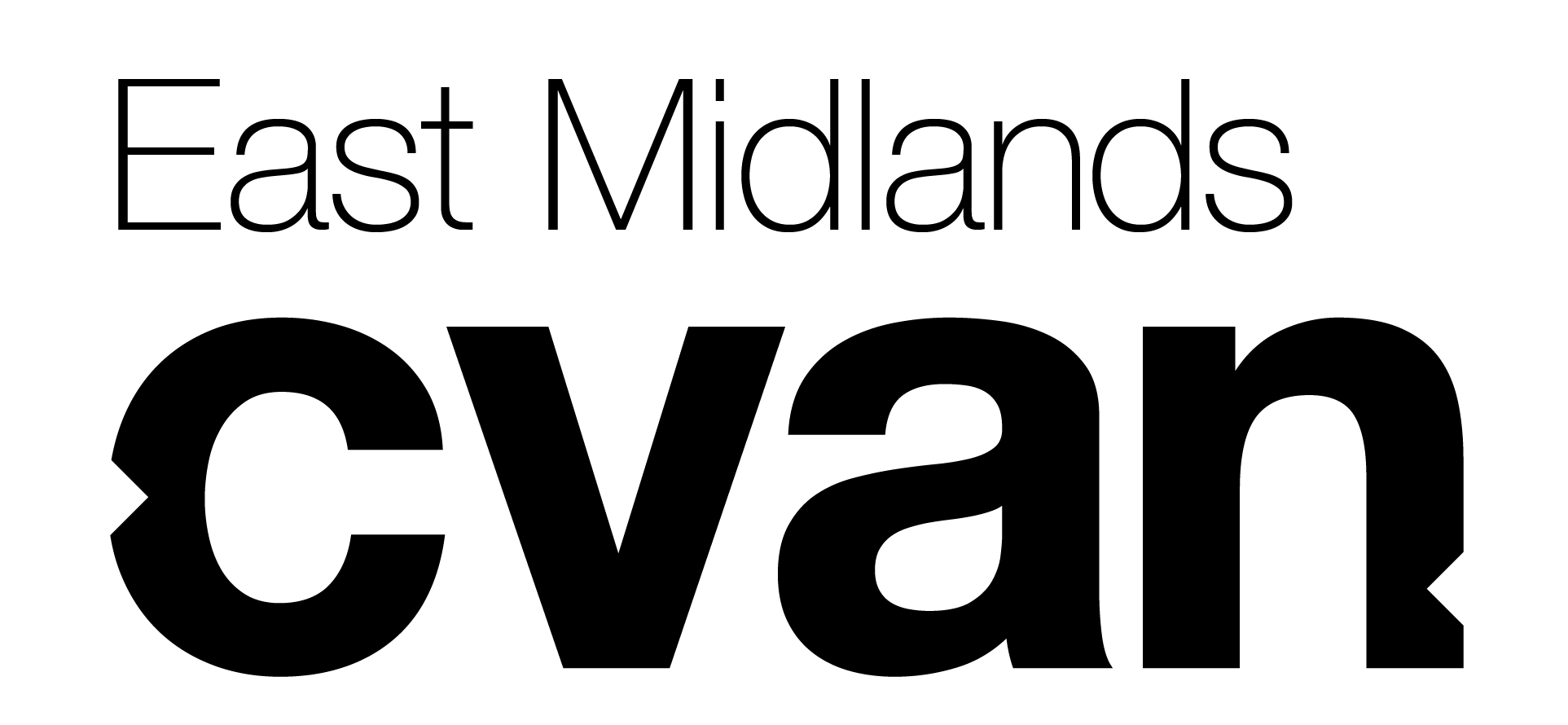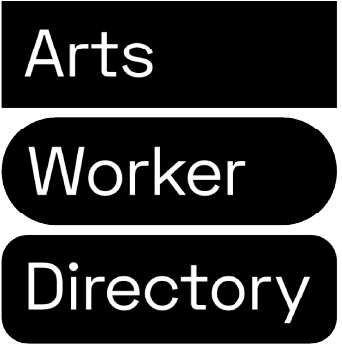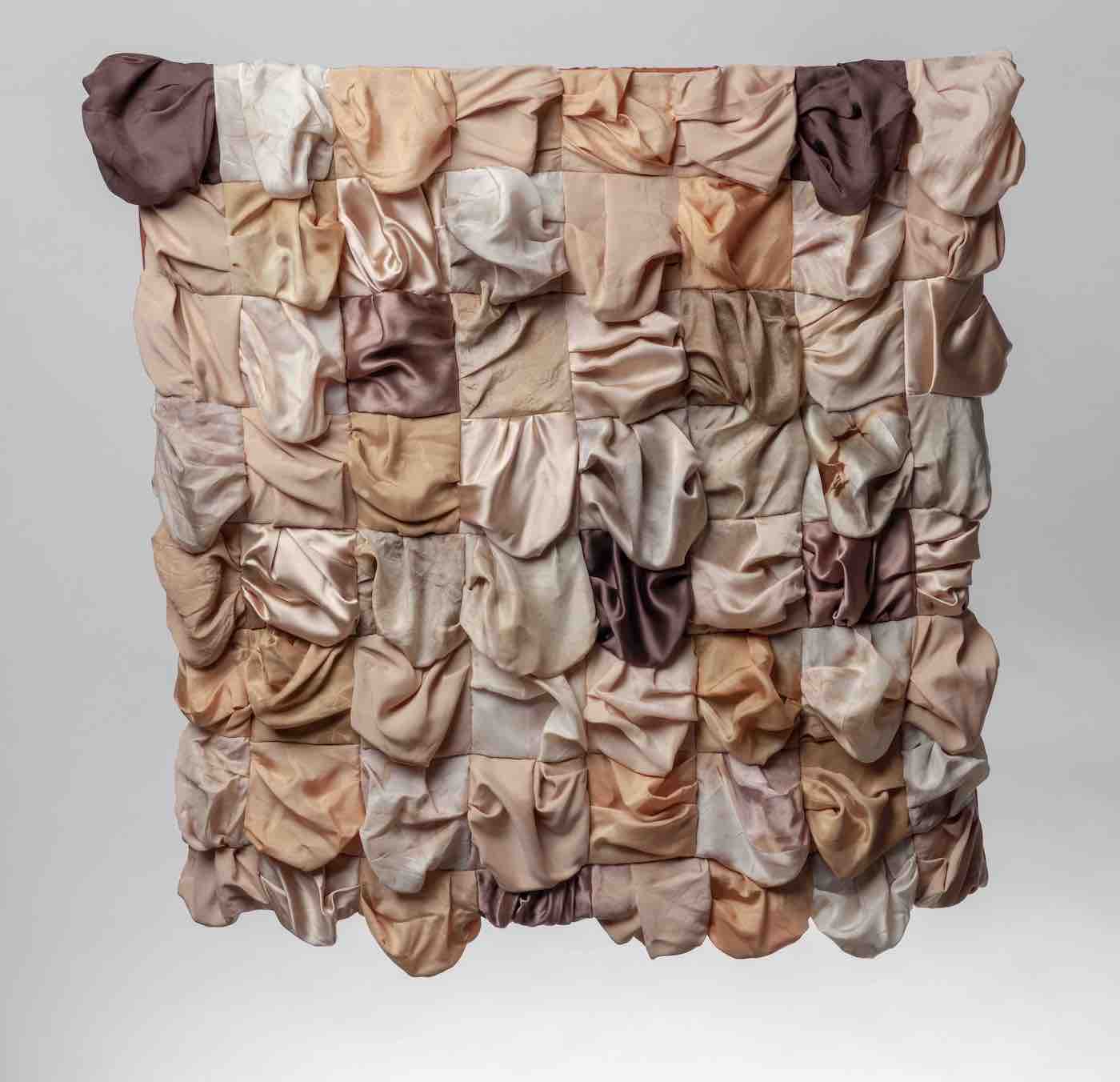Ruth Singer is an artist-maker with 15 years professional experience and a previous career in museums. Her work comprises exhibitions, projects and residencies as well as collaborations and commissions, mainly working in textile with print, mixed media and installation work. She often works within a heritage context and draws heavily on a previous career in museums, using the skills learned and concepts studied. She is also a writer, tutor, consultant and mentor.
Find out more about Ruth’s work on her website and follow her on Instagram, Twitter and Facebook.
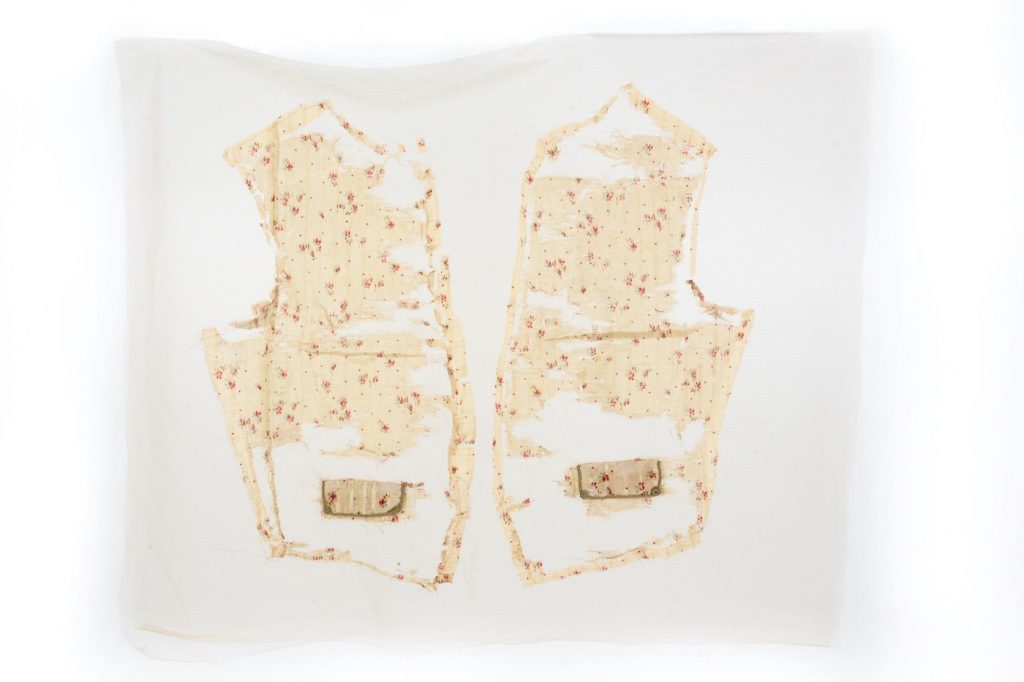
Where are you based?
Urban central Leicester although my natural habitat is in the middle of the woods, miles from anywhere.
Describe your practice for us
My personal practice explores human experience expressed through thoughtful and emotionally- engaged making, mainly in textiles. My subtle and delicate work references loss, memory, fragility and damage in both the cloth itself and in our personal lives, and the places in which we gather memories. My background as a textile historian and museum curator is woven throughout my work; I create pieces with a sense of history and a look of antiques but with a powerful contemporary story.
I mainly use slow techniques of hand stitch and traditional textile processes to express ideas including hidden stories, creating visual records of ephemeral experiences, change and decay as well as intensely personal and emotive stories around loss and remembrance. I often work in collaboration with other artists and makers which allows me to be more expansive with my ideas and experiment with new materials and techniques to explore narratives.
My public-facing practice is more collaborative, working with communities to co-create emotionally-engaged artworks or to design projects which allow participants to express their creativity. My writing work is mainly around textiles as well as historical research projects. I am also heavily involved in artist development and support through various consultancy projects, mentoring and running professional development courses.

How long have you been practising and by what route did you come to your practice?
I’ve been fully self-employed for 15 years, after seven years working in the museum sector. I haven’t followed a traditional route into artist practice; my university education was in medieval history followed by an MA in Museum Studies. I worked in museum curatorial and learning roles for several years before setting up my own studio aged 30. For the first half of my time working as an artist-maker, I was more maker than artist, creating products and stock for shops, galleries, interior designers etc. Over the years my work has changed dramatically so that now I create work purely for exhibitions, residencies, commissions and project and creating purely what I want to make.
How has your background in museums and heritage settings influenced or shaped your work?
I am fascinated by material culture, history and the power of objects in human lives, which is very much how museum curatorial / research practice operates. In my work I aim to explore and illuminate narratives about people, places and objects, and how we respond to and interact with things, tools, materials and the traces and stories we leave behind. My way of looking at the world, and particularly the way I research around a subject, seems to be influenced by my museum training. I also choose to work with museums, archives and heritage for projects because I love museums and what they stand for. We can learn so much about ourselves and our times from understanding the past. Art inspired by museum collections gives viewers a new way to engage with and understand history.
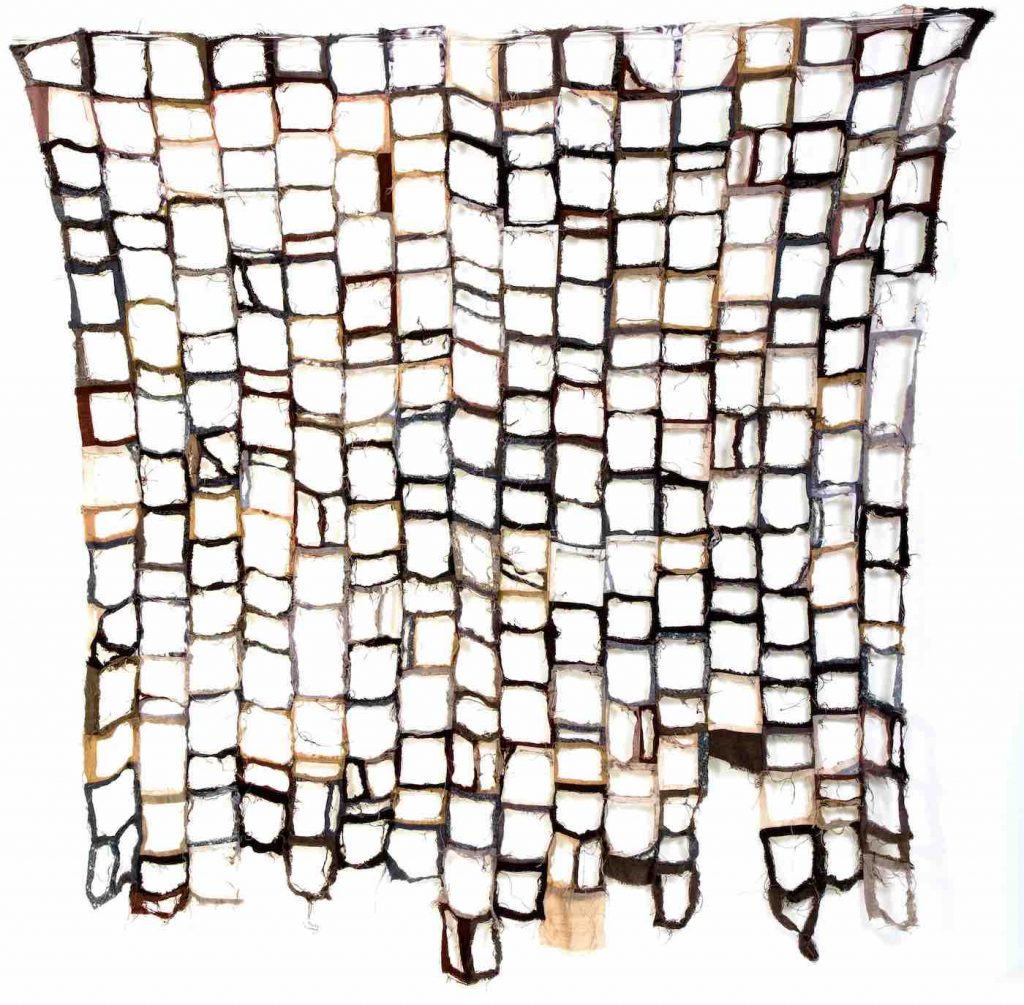
You’ve said of your work that you find yourself drawn to creating work with a narrative, often based around objects, history, people and places. Do you identify a narrative and select a technique to suit, or does a narrative come from using techniques such as appliqué, quilting, embroidery?
Usually with my work the research comes first, then I define the area or narrative I want to explore and the materials and technique choices come later. Sometimes the material comes first and sometimes the technique, but usually only when I am deeply absorbed in the subject I’m exploring and connections are made.
You work a lot with old, often damaged and worn, cloth. Do you reveal an intrinsic emotional value to the material, repurposing it in the objects you make, or are you creating a new value through the new work?
It’s more about revealing the hidden stories within the cloth. I don’t think about value or repurposing; it’s not about recycling for the sake of it. The story of the heritage or damage of the cloth is what I love about it and how we as humans feel about old and damaged materials which should be treasured. This links both to my belief in the value of museums to tell stories and allow us to learn from the past and to sustainability expressed through repair and reuse. I want to honour the resources, effort, ingenuity and skill that went into making cloth, rather than see it as a material commodity.

What is important to you in maintaining and motivating your practice?
Well, I am 100% self-supporting, so making a living is my main motivation in keeping going! In terms of creating my own work, I am very goal-focussed, so I am most productive when I have an exhibition or a deadline. It’s the same with writing projects or workshops – I prepare for what needs delivering next. With a more long-term view, I look at developing my practice through exploring stories or issues that intrigue me and playing around with how to make those narratives into a cohesive body of work or engagement project. I am always thinking about the next project even when in the middle of one. Until recently I was very focussed around funding application deadlines and thinking 2-3 years ahead, though now I am concentrating on what I can get done in the next few months and how I might be able to finance projects again in the long term.
What have been your biggest achievements since establishing your practice?
The most personally important thing has been changing my practice from designer-maker to exhibition-led artist practice. I found my right place and voice, and have found a way to make a living from that practice. To have survived 15 years is a huge achievement too. Externally, I have won a significant prize (with big impact in the textile world) which gave me a huge boost to push forward with my Criminal Quilts project. I’m very proud of the way I have grown this project over several years, toured the exhibition to a lot of galleries and museums and sent the project book across the world.


What have been the biggest challenges to your practice?
Funding is of course the biggest challenge in the way I work from project to project. I have been successful with a number of funding applications over the years but for each success there are twice as many (if not more) failures. Rejections are a huge challenge both emotionally and financially and I have had to abandon some brilliant ideas which is really disappointing. Applying for funding takes a huge amount of time as well as mental energy and successes are the tip of the iceberg with the hard work and failures going unnoticed under the surface. It’s impossible to know the future of arts funding now so I have an even bigger challenge going forward.
What is the most interesting or inspiring thing you have seen or been to recently, and why?
At the end of February I had a trip to London to visit both Collect, the Crafts Council fair and Fine Cell Work’s exhibition at Sotheby’s. Both were interesting and inspiring in very different ways. Collect showcases some of the best contemporary craft from across the world. There’s very little textile which I find frustrating (it is often at the bottom of the pecking order in craft) but there was lots of amazing art jewellery which I love. Fine Cell Work commissioned a number of well-known fine artists including Ai Weiwei to design textile pieces which prisoners then stitched. The finished works were to be auctioned by Sotheby’s to fund further work with prisoners. The sales catalogue has interviews with artists, prisoner-stitchers and volunteers which was fascinating.
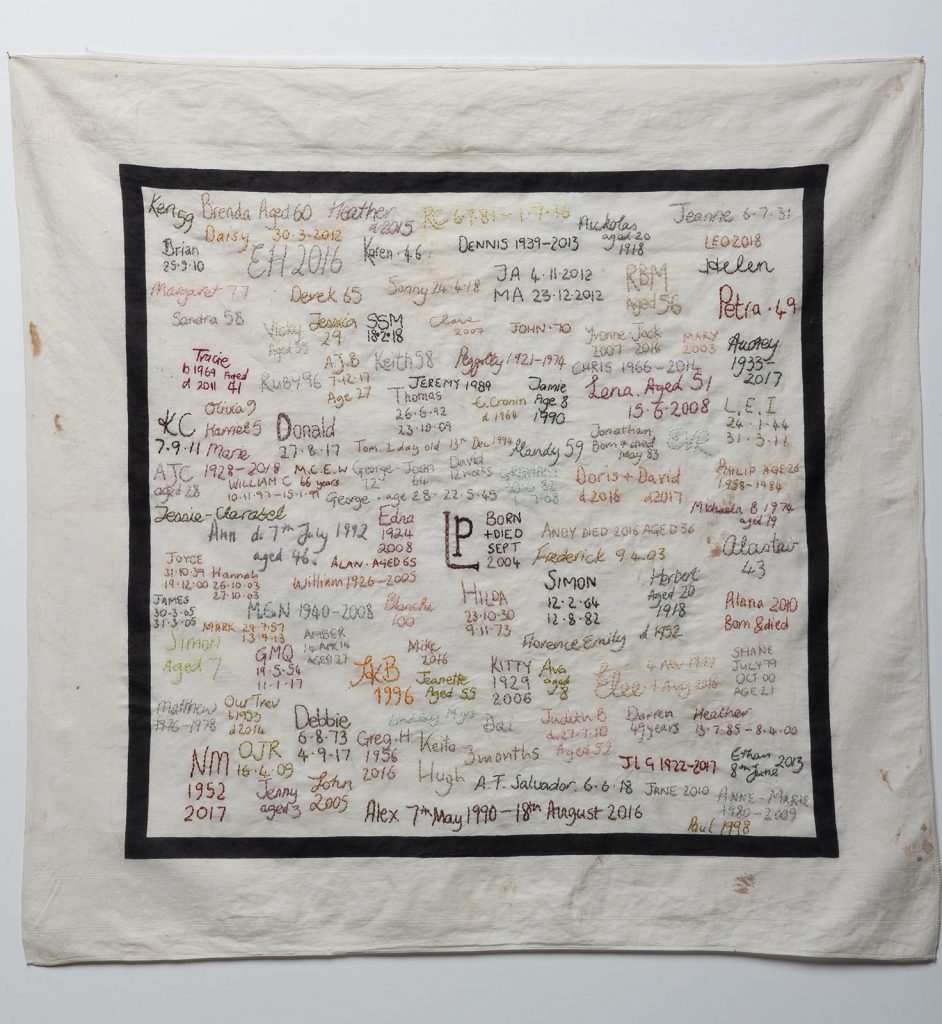
Which other artists’ work do you admire, and why?
My preference is always for artist-makers whose work tells a story or has a deep-rooted meaning or research behind it. I enjoy purely decorative too, but I am often left wanting more. Edmund de Waal is by far my favourite because of his writing about his work and the importance of objects in his non-fiction writing. Cornelia Parker also explores issues I find intriguing and I have grown to love her work over the years. In the textile world I have huge admiration for my friend Alice Fox who works closely with nature to create intensely thoughtful work.
Where do you see your work in the next 5 years?
I hope to be able to continue creating socially-engaged projects, working with communities and sharing stories. I have had a lot of solo exhibitions in the last 5 years so planned a break from that for a year or two but I will be working on the next body of work for a new show in 2-3 years, all focussed on social justice which will be even more relevant and important post-pandemic.
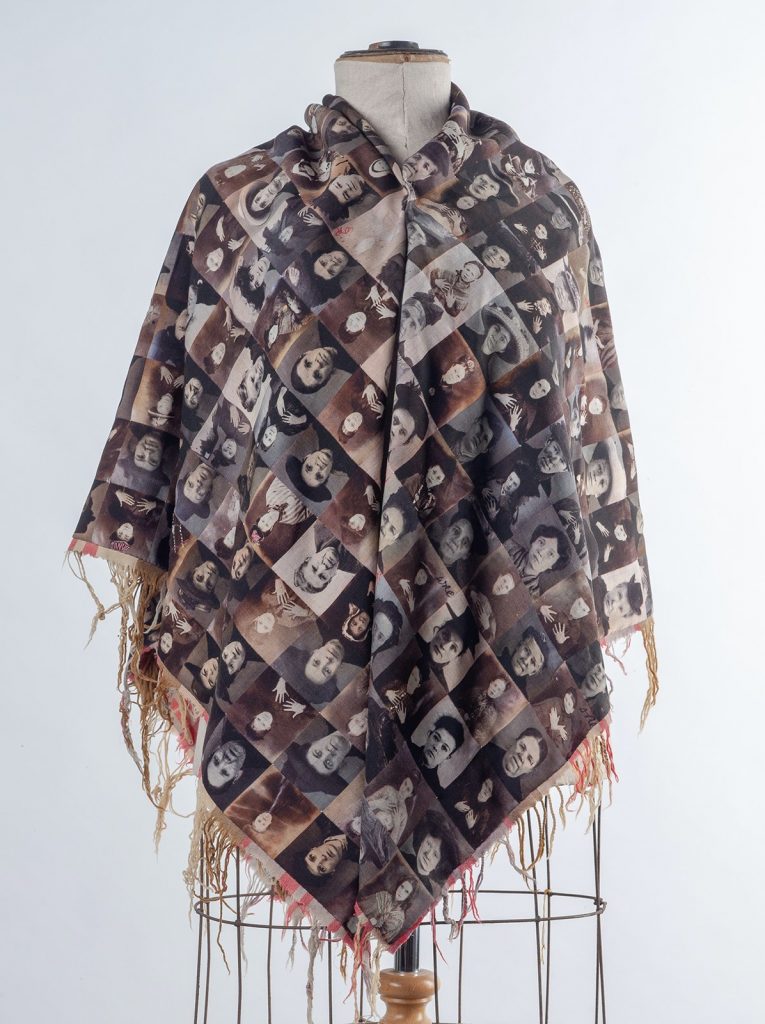
Who would you most like to have visit your studio?
At the moment, any visitors would be exciting! I would love to be able to have a group of artists to visit and to be able to talk about my work, my planned work and my ideas with other people who understand where I am coming from. Collaboration and peer mentoring are a huge part of what I do, so keeping in touch with other artists is really important to me while I can’t exhibit or work in groups.
Where can we see your work? Have your plans had to change as a result of measures taken in response to coronavirus?
Obviously there is nothing in galleries at the moment. Criminal Quilts was due to be touring this summer but the next pencilled-in date is for September, with more planned dates into next year which I hope will go ahead. I have created an online version of the exhibition which will give people a taste of the work. I am still working in collaboration with three artists to create new work for the eventual exhibitions and I will add images to the website as soon as they are completed. I also have a couple of films about my work on my website, one on Criminal Quilts and one more general about my practice, plus plenty of images of my work. I also have a membership community on Patreon where I share my behind-the-scenes work through blog posts and I also produce a mini digital magazine every month with studio stories, textile history, exhibition reviews and other things that interest me.
I am continuing with engagement work with the project too and am currently putting together resource packs for participants to work at home, and eventually their work will be incorporated into a Criminal Quilts zine which will be available from my website.
Freelance-wise, I am currently working with WebinArt to develop the Establish professional development programme for mid-career and established artists. This is a brilliant online programme providing support for midlands artists and is open for applications until 17th May.
Ruth was interviewed in May 2020.
